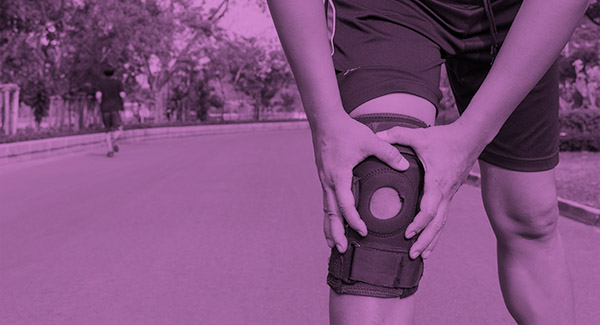How to Safely Climb Stairs
Learn how to reduce your risk of falls and injury when climbing stairs with joint pain or after recent surgery.
By Sean Kelley
If joint pain or recent surgery makes taking the stairs feel daunting, the right techniques – unaided or with a cane, crutches* or handrail – can make it easier and reduce your risk of falls. Here’s how.
The Basics
-
Go up with the good, down with the bad. When going up, lead with your strongest leg. When going down, lead with the weaker one.
-
Always face forward. You’re much less stable when you’re turned sideways, especially if the staircase has no handrail, says Joseph Zeni, PhD, assistant professor of physical therapy at the University of Delaware.
Tips for Using a Cane or Crutches on Stairs
-
Using a cane with a handrail. Use the cane on your side opposite the handrail. When going up, put your stronger leg on the next step first, followed by the cane and then your weaker leg. Going down, lead with the cane, followed by your weaker leg and then your stronger leg.
-
Using a cane without a handrail. Keep your cane on the side you would normally use it and follow the same procedure as with a handrail: good leg, cane, bad leg, going up; cane, bad leg, good leg, going down.
-
Using crutches without a handrail. Use crutches under both arms and go up with your stronger leg first, then the crutches, then your weaker leg. When going down, lead with crutches, then your weaker leg and then your stronger leg.
-
Using crutches with a handrail. Grasp the handrail with one hand and put both crutches under the opposite arm. Follow the same strategy as with a cane: good leg, crutches, bad leg, going up; crutches, bad leg, good leg, going down.
Remember these simple tips and always take your time. This will hopefully lessen any anxiety you may have about using the stairs and help reduce your risks.
* If you are on crutches and cannot put any weight on your weaker leg, avoid stairs.

Stay in the Know. Live in the Yes.
Get involved with the arthritis community. Tell us a little about yourself and, based on your interests, you’ll receive emails packed with the latest information and resources to live your best life and connect with others.


